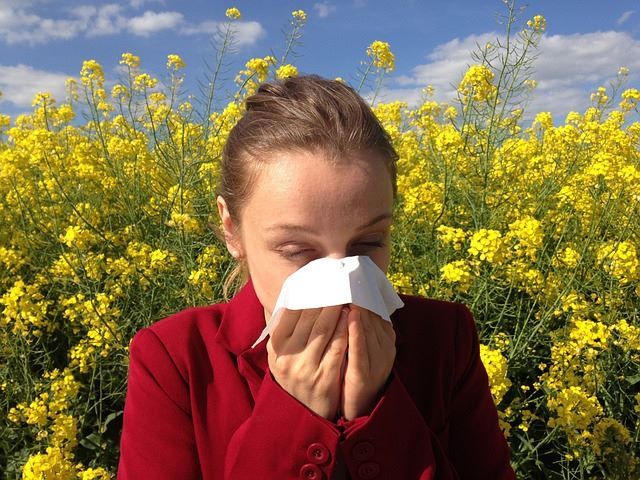Understanding Pollen Pollution and Impact on Health in Mexico City
This article discusses the types of pollen found in the atmosphere of Mexico City, their allergenic properties, and their impact on health. It also covers the increase in pollen levels compared to the previous year, the symptoms of pollinosis, and the importance of tailored treatment.





